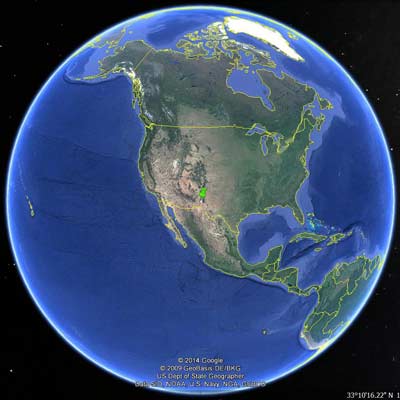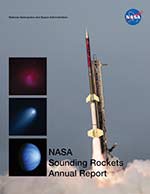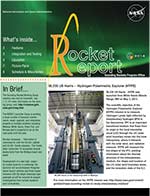
36.289 US DIDKOVSKY/UNIVERSITY OF SOUTHERN CALIFORNIA
Degradation Free Spectrometers (DFS)
- Mission
- Vehicle
- Launch
- Photos
36.289 US Terrier-Black Brant was launched from White Sands Missile Range on July 22, 2014. This was a re-fly of the 36.263 payload that contained the new prototype experiment instruments known as the Degradation Free Spectrometers (DFS) for Solar Physics. The mission objectives are to:
- Improve our knowledge of solar physics driven spectral variability over all solar cycle time scales through stable, radiometrically accurate spectral irradiance measurements in the highly dynamic EUV/soft X-ray range. These are improvements on the previous work for SDO/EVE/ESP and SOHO/SEM.
- Demonstrate flight quality, degradation-free solar EUV and soft X-ray flight instruments such as the Dual Grating Spectrometer (DGS) and the Optics- Free Spectrometer (OFS).
- Provide well calibrated, significantly improved absolute irradiance measurements (with instrument response functions measured at the NIST SURF synchrotron facility) for inter-calibration with on-orbit EUV instrumentation.
The Principal Investigator is Dr. Leonid Didkovsky/University of Southern California.
For more information about this mission, visit:
http://www.nasa.gov/content/goddard/mission-to-study-the-suns-energy/
The Black Brant 9 is a two stage sounding rocket with a Terrier first stage and Black Brant second stage. The Black Brant 9 can reach altitudes of about 600 km. Payloads weighing from 400 to 1200 pounds can be flown.

The Degradation Free Spectrometers mission was launched from White Sands Missile Range, New Mexico on July 22, 2014.


